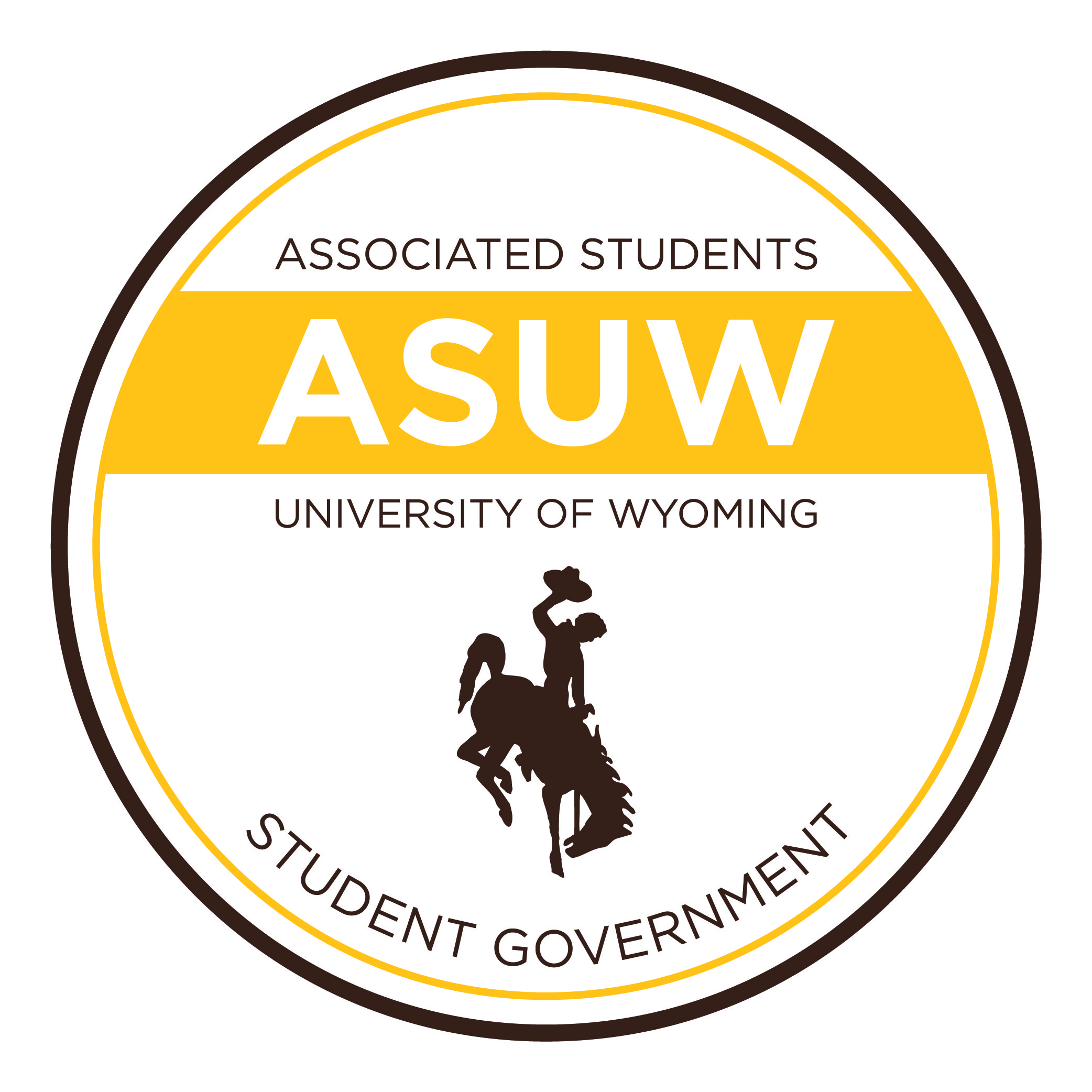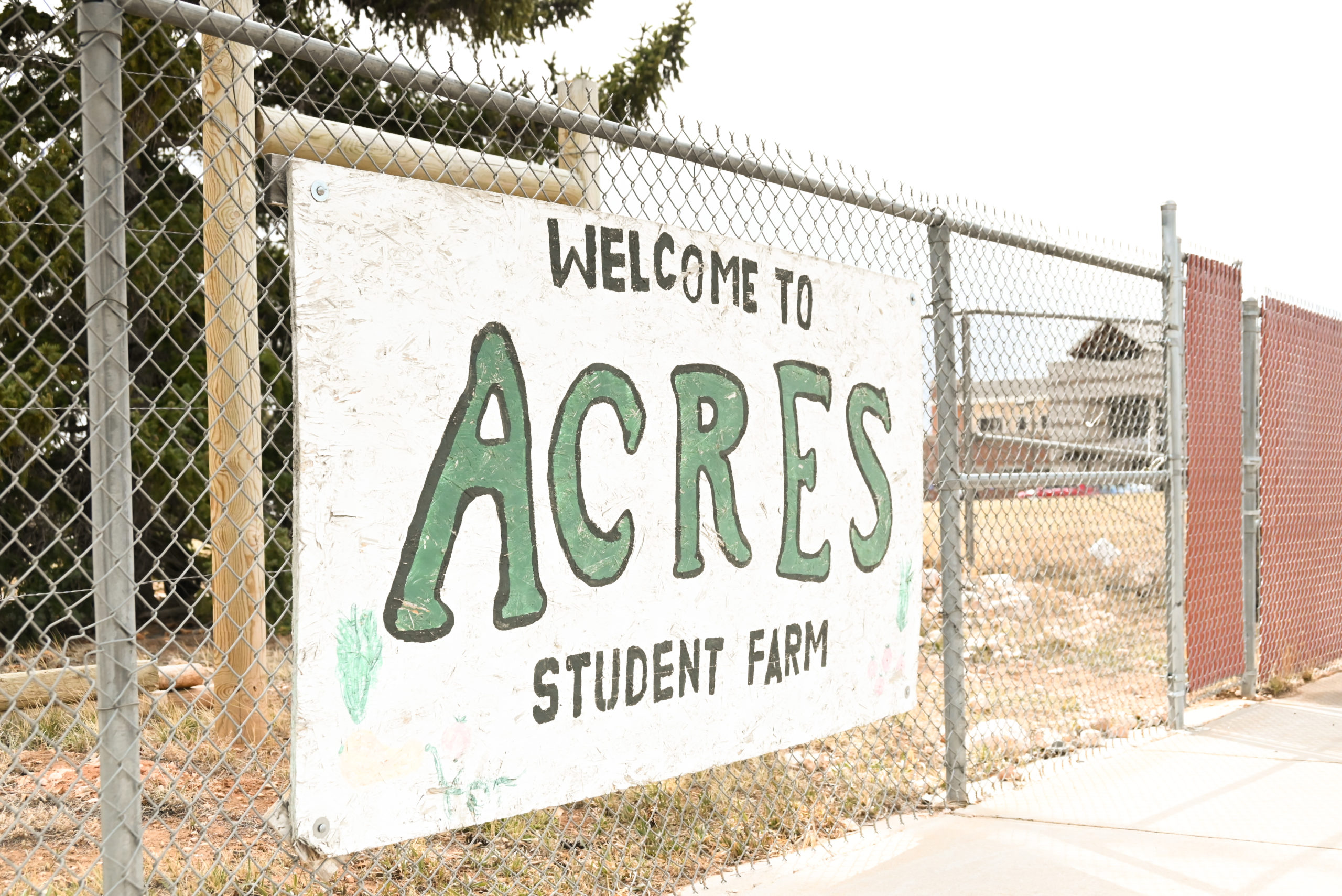Photos Courtesy:Brian Harrington
Clark Van Hoosier said his life would never have been the same without his experience in the Wyoming Conservation Corpse Crew (WCC).
“The reason I have my job right now is because of that summer,” said former Wyoming Conservation Corps Crew Leader Van Hoosier. “I can credit the WCC more for where I’m at than my degree.”
Ask any of the other former employees of the WCC and they’ll say the same.
“The bottom line is that the WCC is the best place to get a first hand experience,” said three-year crew leader Christian Bope. “If the WCC was dropped, kids would be at a loss.”
Former senior program coordinator, ENR Masters student and Wyoming Law School Student Tim Sowecke said the program’s reach is not limited to locals.
“Everyone that works for the WCC, from natives to out-of-staters, leaves with an intimate knowledge and love for the people and places of Wyoming and an incredible work ethic,” Sowecke said.
Despite these students’ positive feedback, the WCC underwent changes over the past three years that eventually led to a reduction in size. In fact, the program seemed to be at an end as of December. The program’s growth brought financial leaks that suddenly hit the program at the end of last semester when the WCC’s future was in question. Over the break, however, the goals of the program came back to fruition and the program appeared to be saved.
The program fell behind schedule this year after temporarily shutting down, but plans to commit to three eight-person crews and 18 projects for summer 2014.
The Haub School dropped the program in summer 2013 because ENR Director Indy Burke, along with the provost, Myron Allen and the vice president of student’s affairs, Sarah Axelson, deemed the WCC co-curricular, meaning it had more to do with student development than ENR studies.
Speculation from previous employees surrounding the program elimination points at liability issues such as underage drinking and substance abuse on the job, but Burke said that was not a factor.
“Any program that deals with young adults has to deal with that,”
Sowecke said. “ENR was ill-equipped to handle the behavioral aspects of the program.”
Since the change, the WCC moved from the supervision of the ENR department at the Haub School to the office spaces and responsibilities of Residence Life and Dining Services (RLDS), in the basement of Washakie Dining Center.
Burke says the day-to-day services of RLDS works better with a program that builds young leaders.
Sowecke said RLDS deals with student interactions such as residence life. “They are excellent in managing the undergraduate population from a behavioral perspective,” he said.
The WCC’s finances became a concern following their relocation. RLDS provided a one-time sum of $200,000 to keep the program afloat. The WCC also received a $40,000 one-time loan from the UW Research Office, which they plan to repay with this summer’s revenue.
The WCC also works hand in hand with another sponsor, Americorps, to help fund projects around Wyoming. Working with Americorps means community service hours in exchange for scholarships.
Patrick Harrington, a UW alumnus from the ENR department and new program coordinator for the WCC, said the compressed timeline and his role’s increased responsibilities leave little time to waste.
“There’s a lot of moving parts in this organization between managing the Americorps money and hiring people,” Harrington said.
Budget, hiring, time and program constraints pile up, but Harrington said, “It’s fun work.”
So far, the WCC has 10 of the program slots for the summer filled by working with Wyoming State Parks and historic sites. They are looking into filling the other six slots with propositions in the works with the Casper Rotary Club, Devon Energy, the Nature Conservatory and the University of Wyoming.
The teams for each “hitch,” or 10-day-long job, consist of two crew leaders and six crewmembers. With each crew in a different location, the WCC also employs a field supervisor to drive between crews and make sure each crew has the equipment they need.
The hiring process for all of these positions is just beginning. Traditionally, crew leaders were hired before winter break and spent the spring semester completing Americorps hours, conducting projects in the Laramie area and training for their summer positions.
Crewmembers traditionally gained their positions by the middle of April, a step in the timeline that will not likely be affected by the irregular schedule.
A crew camps at the job site for each hitch, requiring food, water, gas for vehicles and any other supplies to do the job. Between the six crews of eight workers a normal season sees, the cost of food alone fiscally adds up. Add the cost of new tools, tool repairs and equipment maintenance and possibility of budgetary strain becomes great.
Staying on the job site calls for responsible leaders prepared with the necessary knowledge to handle emergency situations. Crew leaders said that in the past, they were provided with Wilderness First Responder training over the winter break. Time constraints will not allow for that this year, so resume filtering process looks for individuals that already have some type of wilderness medical training.
In the face of setbacks though, Harrington said his goals right now are multi-tiered.
“We have this initial push to keep the WCC alive and 100 percent productive in a reduced scale. I do believe that the WCC will be back in the future, but we will take our time in growing again,” he said. “We will grow deliberately with all the support structures in place so we can grow to the 36 or 72 people teams.”



